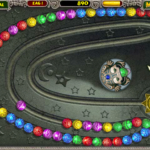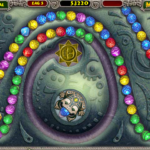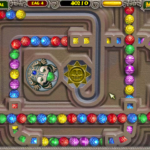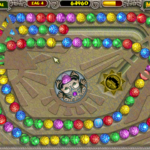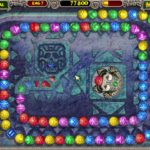TF2: King of the Hill
It’s been over a month since my last workplace Team Fortress 2 session, but we finally managed another one. We ran a private server with only six players, three on each team. Over the weeks since the last session, there’s been some consideration among this group of what game mode to use for small-team play. In the last update, Valve gave us the answer: King of the Hill.
TF2 has several modes based on capturing “control points”, which you do by standing near them for a period of time. (As I understand it, each player within range exerts influence on the control point, pushing it towards ownership by one team or the other. Once it’s pushed all the way to being owned by one team, it remains owned until the opposing team pushes it all the way back.) King of the Hill mode is such a mode, but with only one control point in the center — a variant simple enough that it’s surprising that it took them this long to add it. It’s good for small groups because it concentrates everyone’s attention on a small part of the map. Not necessarily their physical presence, mind you — a Sniper can still stand a long distance away and affect the battle, as one player proved.
I started this session playing a Soldier, the class armed with a rocket launcher, on the basis that the blasts, even when nonfatal, could push people off the hill, as it were. This turned out to not work: the control point’s range is large enough for people to dodge rockets without leaving it. The Soldier was still pretty effective, mind you — I’m told that picking it is never a mistake, regardless of the map. Still, I switched to the flamethrower-armed Pyro after a while, deeming its hard-to-avoid spread of flame a good way to clear the hill of interlopers. It seems to me that a team composed entirely of Pyros and Snipers could do pretty well on these maps. But what to I know? I’m still a beginner at this game.
 Comments(0)
Comments(0)